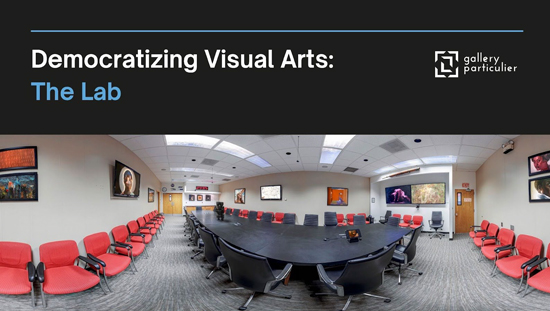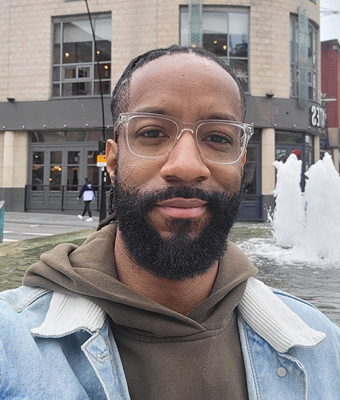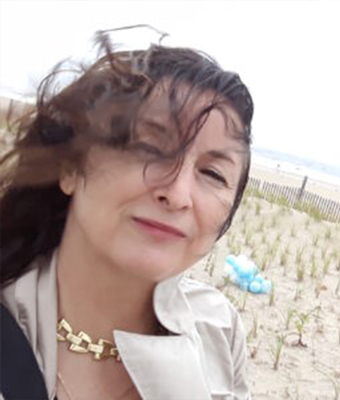The Lab
The goal of the Lab is to look for innovative ways to democratize the visual arts. Less than 20% of people visit museums and art galleries, and these numbers are on a downward curve, particularly for certain ethnic groups.
How do we bring art to people rather than expect them to go to exhibits?
The Lab will assess the current situation, and come up with pragmatic solutions to make art accessible to all communities. Together we improve the artscape of our city.
Co-Directors
Justin Freeman
Community Organizer
Justin Freeman is a visionary community leader and arts advocate rooted in New York City. As the Director of Community Affairs for the New York State Assembly, he excels in forging meaningful connections between government entities and the diverse communities they serve. A proud CUNY alumnus, Justin’s passion for the arts as a catalyst for social change drives his commitment to Gallery Particulier. His extensive background in community affairs, coupled with a hands-on approach to addressing societal issues, empowers him to champion innovative art projects that inspire, educate, and bring communities together. Through strategic partnerships and community engagement, Justin envisions Gallery Particulier as a vibrant hub for cultural exchange and a beacon for transformative community impact. His dedication to fostering accessible art experiences for all underscores his belief in the arts as a unifying force, making him an invaluable asset to Gallery Particulier’s board.
Arabella von Arx
Founder and Director of Gallery Particulier
Arabella von Arx is the founder of Gallery Particulier. With a background in film and media, she let her attraction to the visual arts take over her professional life, and has not looked back. She is an art critic, and writes reviews about exhibitions in New York and in Europe. Her articles have appeared in Riot Material, Le Temps, Litro UK, Arte Fuse, The Decadent Review, and more.
Having served as the Executive Director of IQ, an international organization of film producers, she is bringing that experience to Gallery Particulier, as well as her passion for art, for people, for connecting all sorts of dots. Joy and kindness are not to be discounted, as far as she is concerned.
She lives in Brooklyn, having grown in Switzerland, and spent some wonderful years in London. She’s a writer. A friend (a good one, she hopes). An activist. A dreamer. A doer.
The Lab will gather stakeholders for 10-12 working sessions addressing:
- What exists (or existed) in terms of libraries, museums lending art, etc.
- Identifying all stakeholders and their role
- Bringing artworks in the home
- Bringing artworks to the environment (work, housing, medical, schools)
- The artists’ point of view: their best interest
- Crosspollination with other arts or activities
- Accessibility
- And more.
Phase 1
Contact and onboard stakeholders: public libraries, art museums and galleries, institutions, schools, artists and artists collectives, academics, media.
Budget & schedule
Apply for grants
Phase 2
November 2024
Define and redefine sessions with stakeholders
Invite additional stakeholders
Schedule sessions
Contact media and publishers
Research and identify research exploring various communities and their relationship to visual arts.
Phase 3
January 2025 – October 2025
Hold 10-12 sessions with various focuses: bringing art into the home, bringing art into people’s environment (public housing, work, etc), art in school, the artist’s point of view, etc.
We canvas communities ahead of sessions to gather their voices.
Sessions are held in various institutions. They are recorded and broadcast. The public can participate.
We share a brief resume of previous sessions at the beginning of each session.
Phase 4
November – December 2025
Overlaps with Phase 3
Transcribe the sessions
Write (a) brown paper(s) from the findings
Communicate findings and concrete recommendations to all stakeholders
Publish findings & recommendations, make them publicly available, making the results of import to other regions and countries
Consider the future of the Lab
Some Thoughts
Enjoying art, particularly in the home, has been proven to improve social cohesion. It reinforces a sense of identity, and is of benefit to children also in terms of academic performance. It ia also a means for local artists’ work to be seen.
Art is part of every culture in the world and in history, yet in our society, many people have very limited access to visual arts. We strive to improve underserved communities’ access to contemporary art. We canvas communities ahead of sessions to collect their voices, and invite all to participate.
People of Latin ethnicity, for example, are even less likely to attend an art museum.
We look for solutions to reach each community by finding where the connection will best work. Works by Latin artists will likely to be more meaningful to this community.
We work with artists who are diverse, and either self taught, or have benefited from a formal education.
We bring our experience with Gallery Particulier: our nonprofit gallery has been working at experimenting with the democratization of visual arts, and at creating effective models.
We include individuals from various communities and ethnicities to participate in The Lab, making sure they have a voice, and get the most benefit from participating. They get exposure and recognition through the broadcasting and publishing of the findings.
We look for and define additional ways for artists’ work to be seen. The hosting of real artworks in the home offers a one-on-one interaction from artist to layperson, in a society of mass consumption.. These models of local connection can be scaled and translated to other locales, whether it’s public libraries and art museums lending artworks, artist collectives attending community events, etc.




